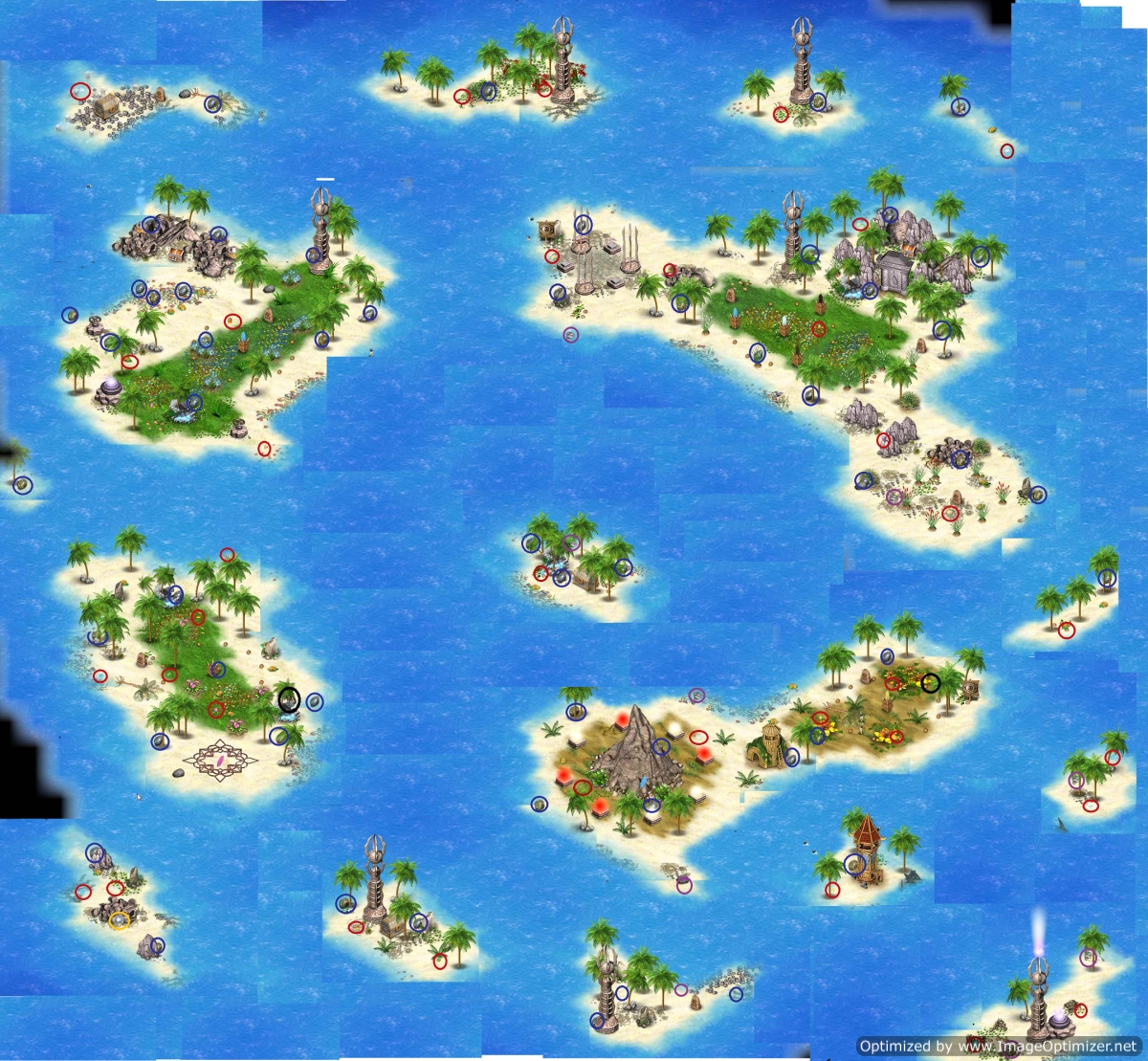
Totem Tribe Gold Crook And Flail Series Of Documentaries
Fascinating series of documentaries about tribes and the artefacts that they create as part of their beliefs. His tribe and the Paspaheghs were at peace therefore, when he saw the totem.A Critical Review of the Evidence of Archaeology, Anthropology, History and Comparative Religion: According to the Most Reliable Sources and AuthoritiesSynopsis. It can mean only one thing yet another Ancient Egyptian themed slot machine.Pyramids of Egypt is a 4-reel slot machine by Merkur Gaming which offers plenty of winning chances thanks to fact that all wins are awarded whenever matching symbols appear on adjacent reels.gold and the South Sea the horror of the pestilence and the blacker horror. Ankhs, scarabs, flails and crooks.
Haldeman-Julius“Those piles of ruins which you see in that narrow valley watered by the Nile, are the remains of opulent cities, the pride of the ancient kingdom of Ethiopia. The numerous citations from standard scientific and historical works, it is hoped, will be of some benefit to students who are out of reach of large public libraries, or who lack the leisure time necessary for reading and research along these lines.“It is pretty well settled that the city is the Negro’s great contribution to civilization, for it was in Africa where the first cities grew up.” E. This brilliant 18-year-old amber golden rum looks stunning in the glass.Much more could be said on this subject, but since this essay is addressed mainly to readers who have little time for the study of history, it must be made as concise as possible. The crook and flail are emblematic of pharaonic authority first linked to the. 'The Crooked Beak of Heaven' looks at the construction of totem poles.

Herodotus remarked upon a series of resemblances between the Colchians and theEgyptians.” (Wells’ New and Revised Outline of History, p. Wells ends hisChapter on The Early Empires with the following remarks: “No less an authority than SirFlinders Petrie gives countenance to the idea that there was some very early connectionBetween Colchis (the country to the south of the Caucasus) and prehistoric Egypt. In the latest edition of his Outline of History, Mr. Wells’ has, in truth, caused him to suppress certain facts that do notFit into his pet theories.
The translation by Professor George RawlinsonIs the best. In Book II, Section- 104, of hisCelebrated History, Herodotus states: “For my part I believe the Colchi to be a colony ofEgyptians, because like them they have black skins and frizzled hair.” (See any EnglishTranslation of The History of Herodotus. Why he did not do so we shall now see.
The reason for this is obvious the writers of these textbooks are as a rule Nordics,Or so consider themselves. The one race is ofCourse the white race, and particularly that branch of said race known as the Nordic orAryan. 175) On concluding that theCivilization of Egypt was a white man civilization, he naturally would be careful not toMost history texts, especially the ones on ancient history, start off by telling us that thereAre either three, four or five races of man, but that of those races only one has beenResponsible for civilization, culture, progress and all other good things. 80-81.) After discussing the civilizations of Egypt, Babylonia and India, Wells had already referred to them as a “triple system of white manCivilizations.” (Outline of History, Chap.
This classification is still used in some grammar school Geographies, where the races of man are tabulated as: Ethiopian (black), Caucasian (white), American (red), Mongolian (yellow) and Malayan (brown). Blumenback, in 1775, added a fifth type, the Ocieanic or brown race. The celebrated naturalist, Linneaus (1708-1778), for instance, listed four races, according to continent, namely: (1) European (white), (2) African (black), (3) Asiatic (yellow), and (4) American (red). It is therefore necessary that we discuss the subject of race classificationIn a rational manner before proceeding further.The early scientific classifications of the varieties of the human species were geographical in nature. There is a confusion among historians and anthropologists concerning the properClassification of races, and this confusion is used by biased writers to bolster up theirPreconceptions.
Deniker, in 1900, presented to the world a very imposing system of race classification. By 1873, Haeckel had found no less than twelve distinct races of mankind and to show the indefatigable nature of his researches, he annexed twenty-two more races a few years later, bringing the grand total of human types up to thirty-four. After that date race classification developed into an amazing contest a struggle which still rages.


If we accept this three-fold division of theHuman species, our classification ought to read as follows: the races of man are three inNumber (1) the Negroid, or Ethiopian or black race (2) the Mongoloid, or Mongolian orYellow race and (3) the Caucasoid or European or white race. ThisWould add a European or Caucasoid division to the Negroid and Mongoloid races of theClassification proposed by Professor Boas. Kroeber and Fay-Cooper Cole are of the opinion that the peoples ofEurope have (been) bleached out enough to merit classification as a distinct race. (Why We Behave Like Human Beings, pp. Call that the Pacific Ocean or Mongoloid division.
SirGrafton Elliot Smith terms it the Neolithic Heliolithic Culture of the Brunet-Browns. Perry refers to it as the Archaic Civilization. Traces of it have beenFound all over the world. This ancient civilization of the Cushites, out of which the earliest cultures ofEgypt and Mesopotamia grew, was not confined to the Near East. In discussing the originOf civilization in the ancient Near East, Professor Charles Seignobos in his History ofAncient Civilization, notes that the first civilized inhabitants of the Nile and Tigris-Euphrates valleys, were a dark-skinned people with short hair and prominent lips andThat they are referred to by some scholars as Cushites (Ethiopians), and as Hamites byOthers.


 0 kommentar(er)
0 kommentar(er)
